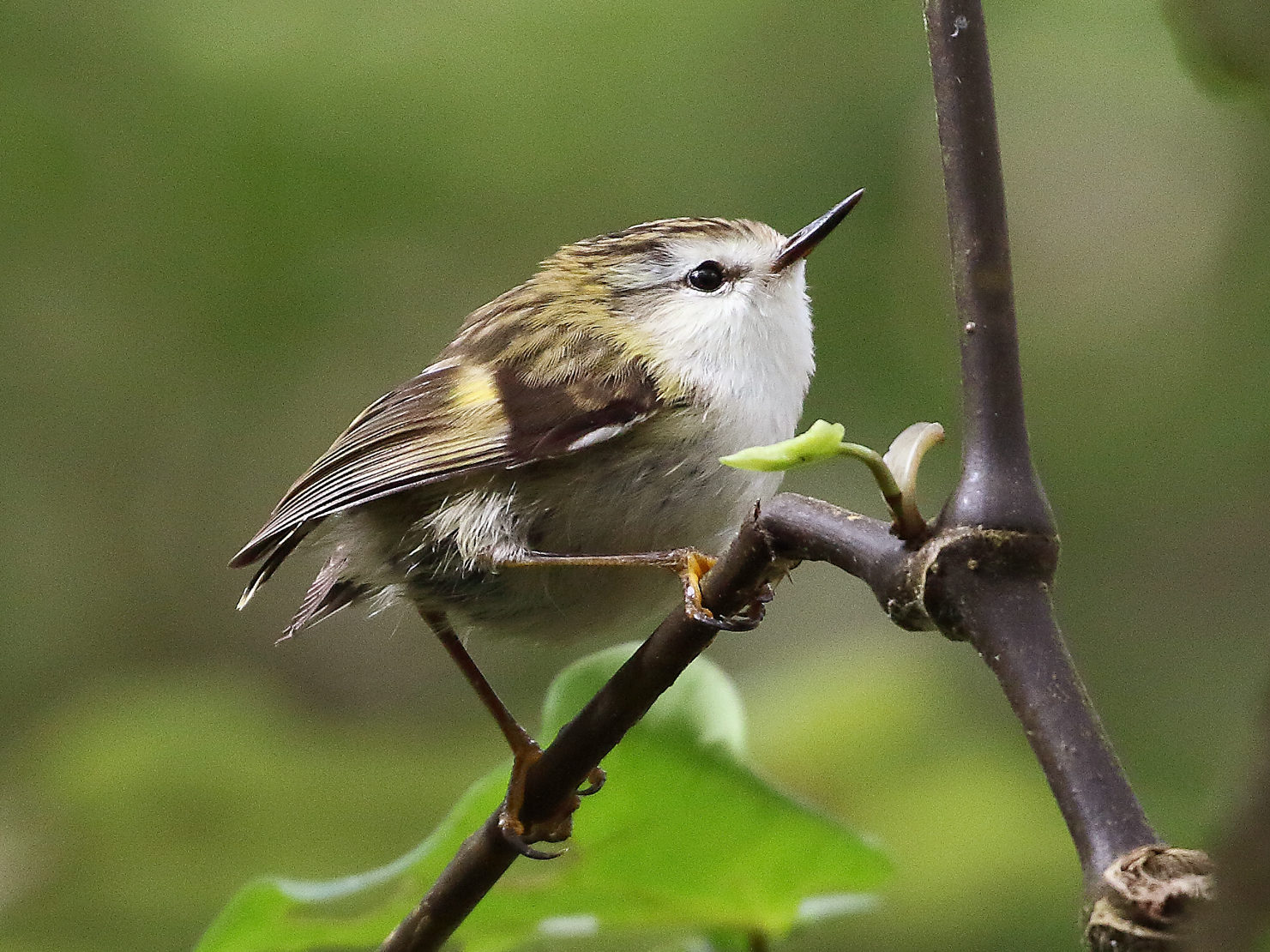A family of titipounamu (rifleman) have made history recently. For the first time in over 100 years, a pair have raised their 5 chicks in Wellington city outside of Zealandia’s predator-proof fence.
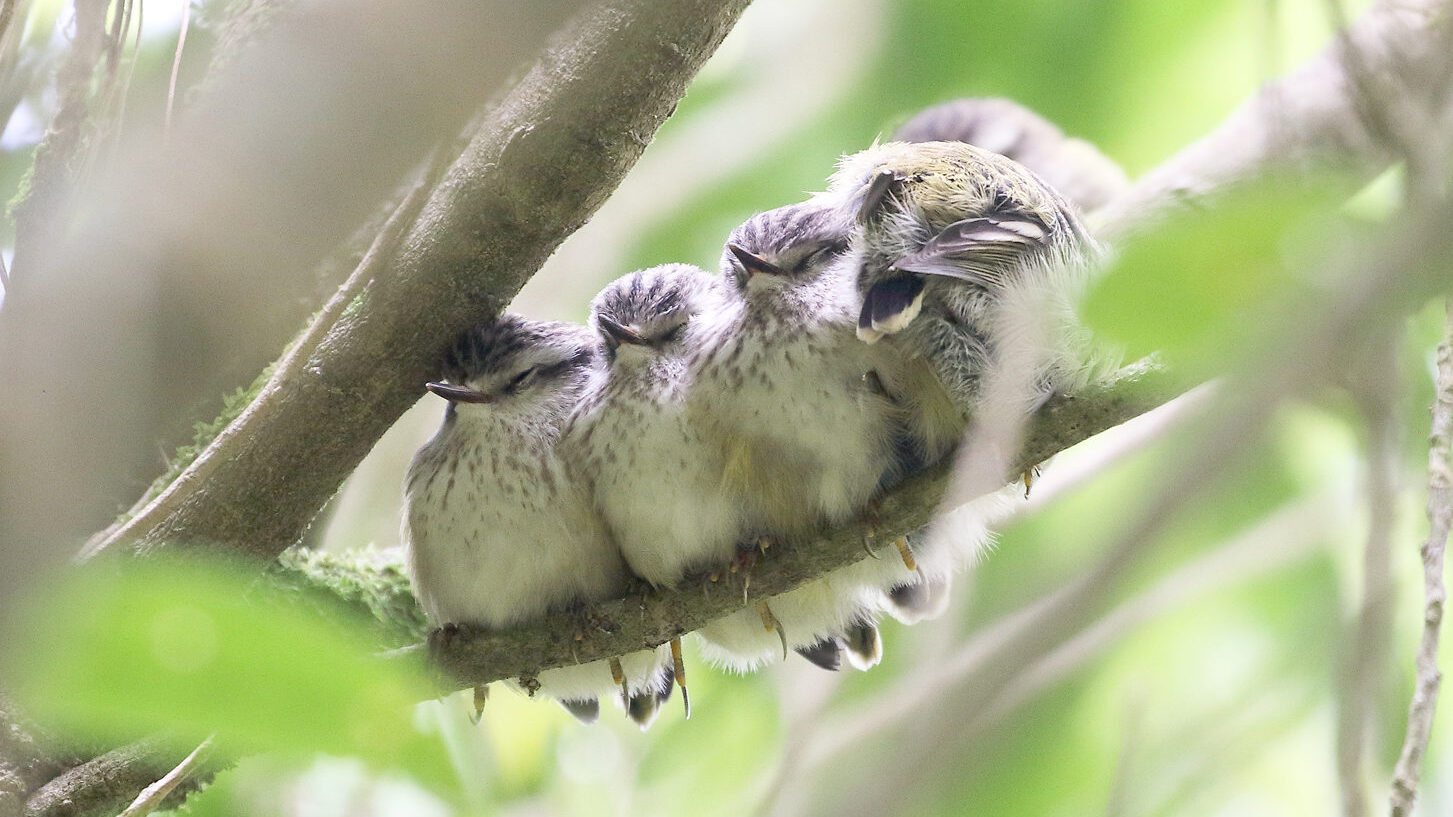
Titipounamu aren’t as well known as our kiwi or kererū, so what is so special about them? Here are 5 facts you should know:
1. Titipounamu are our smallest endemic bird and are similar in size to a golf ball.
Titipounamu males weigh 6 g and females weigh 7 g which is about the weight of a sheet of paper (5 g).
Of all our endemic birds, titipounamu lay the smallest eggs. Over the period of a week, a female will lay 2-5 little white eggs, each egg weighing about 1.5 g which is almost a quarter of her weight. Egg production demands a lot of energy, so males provide extra food for the female to keep her well-fed during this time.
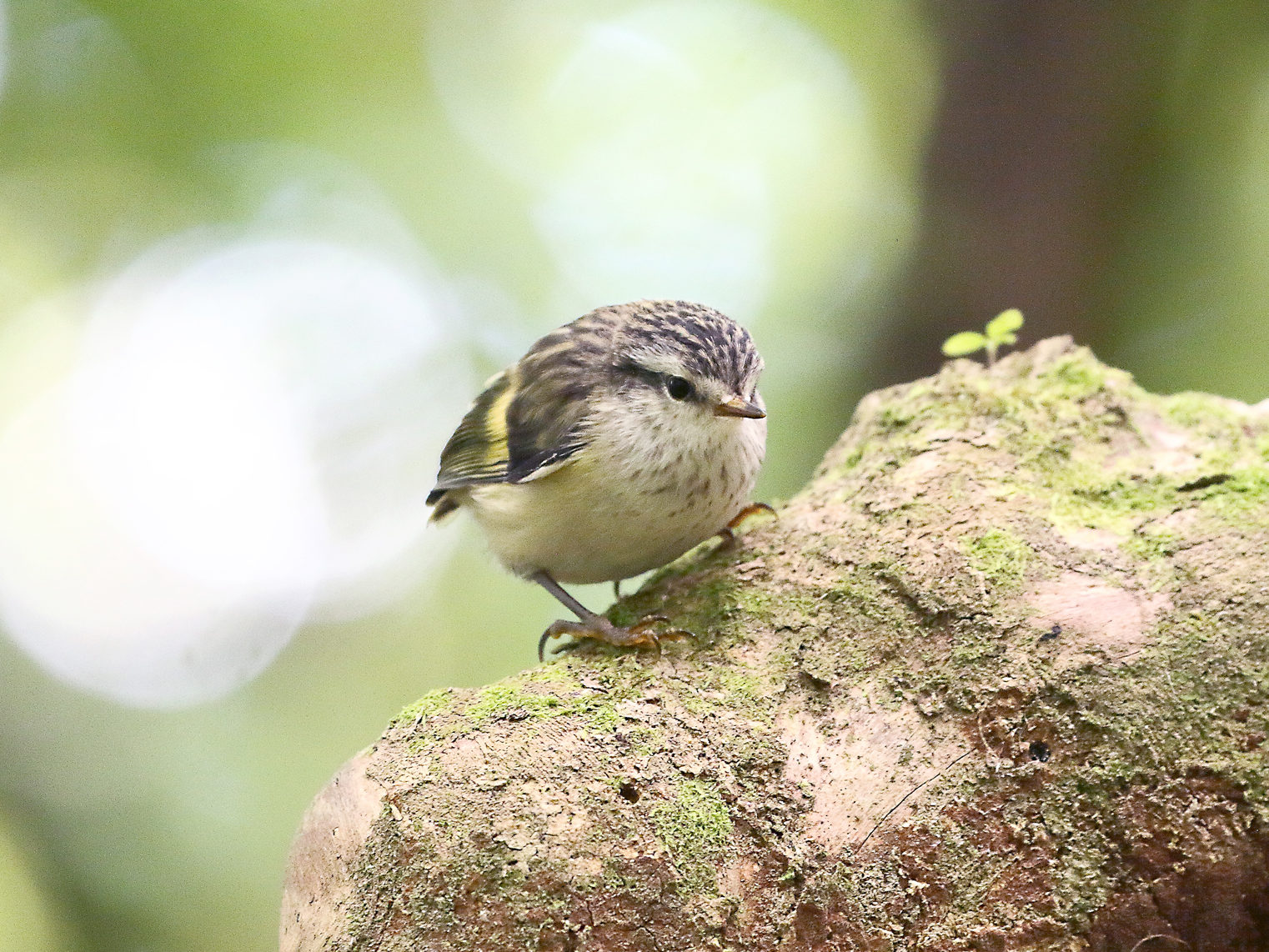
2. Titipounamu were once common throughout New Zealand.
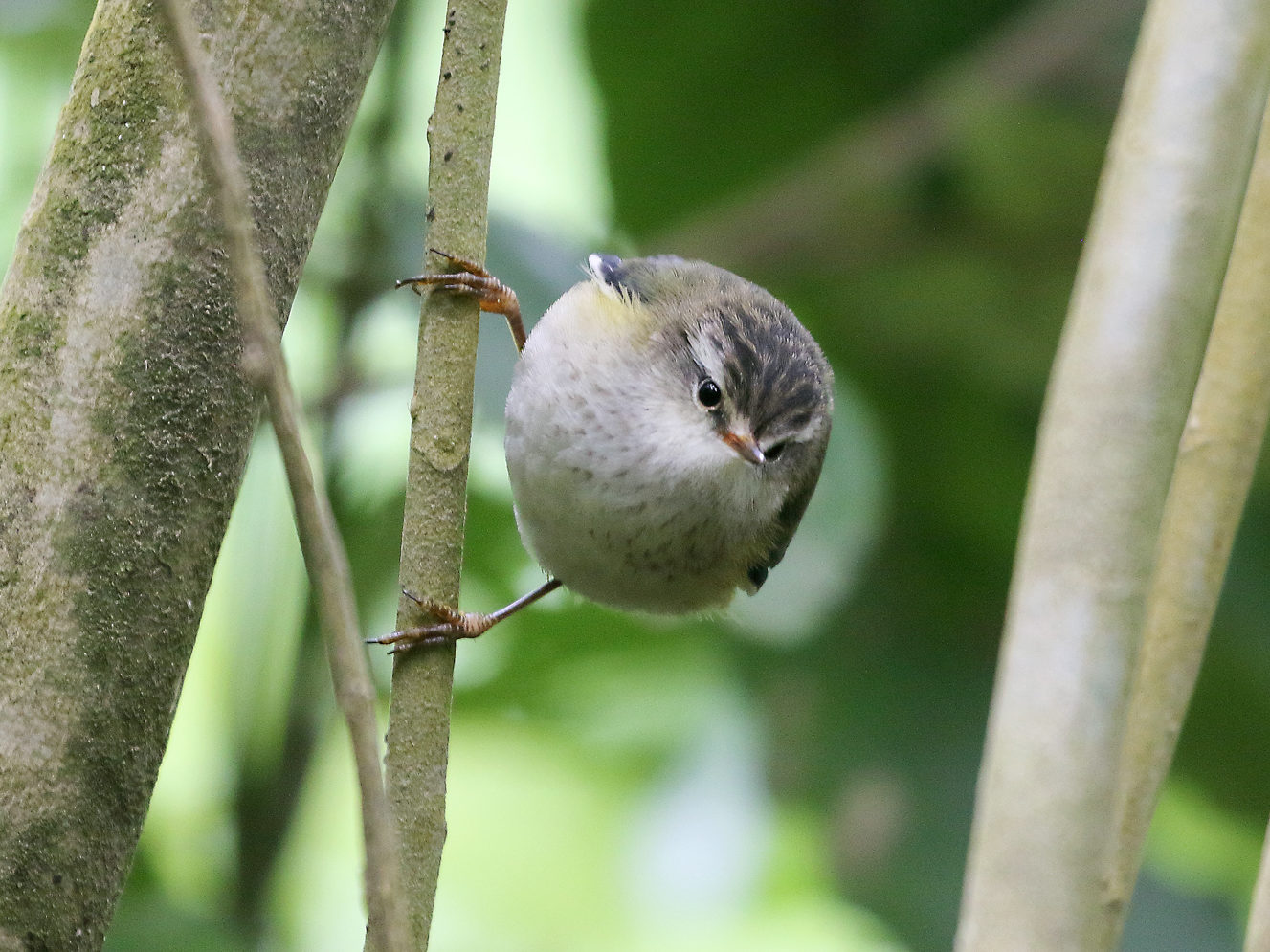
Now, their distribution is patchy due to predation and forest fragmentation. These birds are mainly found in higher altitude forests in both the North and South Islands. Titipounamu are relatively poor flyers with a limited capability to fly across open ground. This means that once titipounamu are extinct in a certain area, new birds aren’t able to fly there to re-establish a population.
Did you know the titipounamu and the alpine rock wren are the only surviving species of the New Zealand wren family? The other five species from this ancient family are extinct due to predation by introduced mammals. One of these species, the bush wren became extinct in around 1972 and is one of the most recent New Zealand birds to become extinct.
3. Titipounamu form life-long monogamous pair-bonds and only replace a mate if one of the pair dies.
When a pair of titipounamu breed, both parents are responsible for building the nest, incubating the eggs and feeding their chicks. Did you know titipounamu live in cooperative groups and it’s common for other birds to help feed the nestlings? These helpers can be older siblings from previous broods or they can be completely unrelated to the nestlings. It is thought these unrelated, often male, helpers gain opportunities to find a mate as a result.
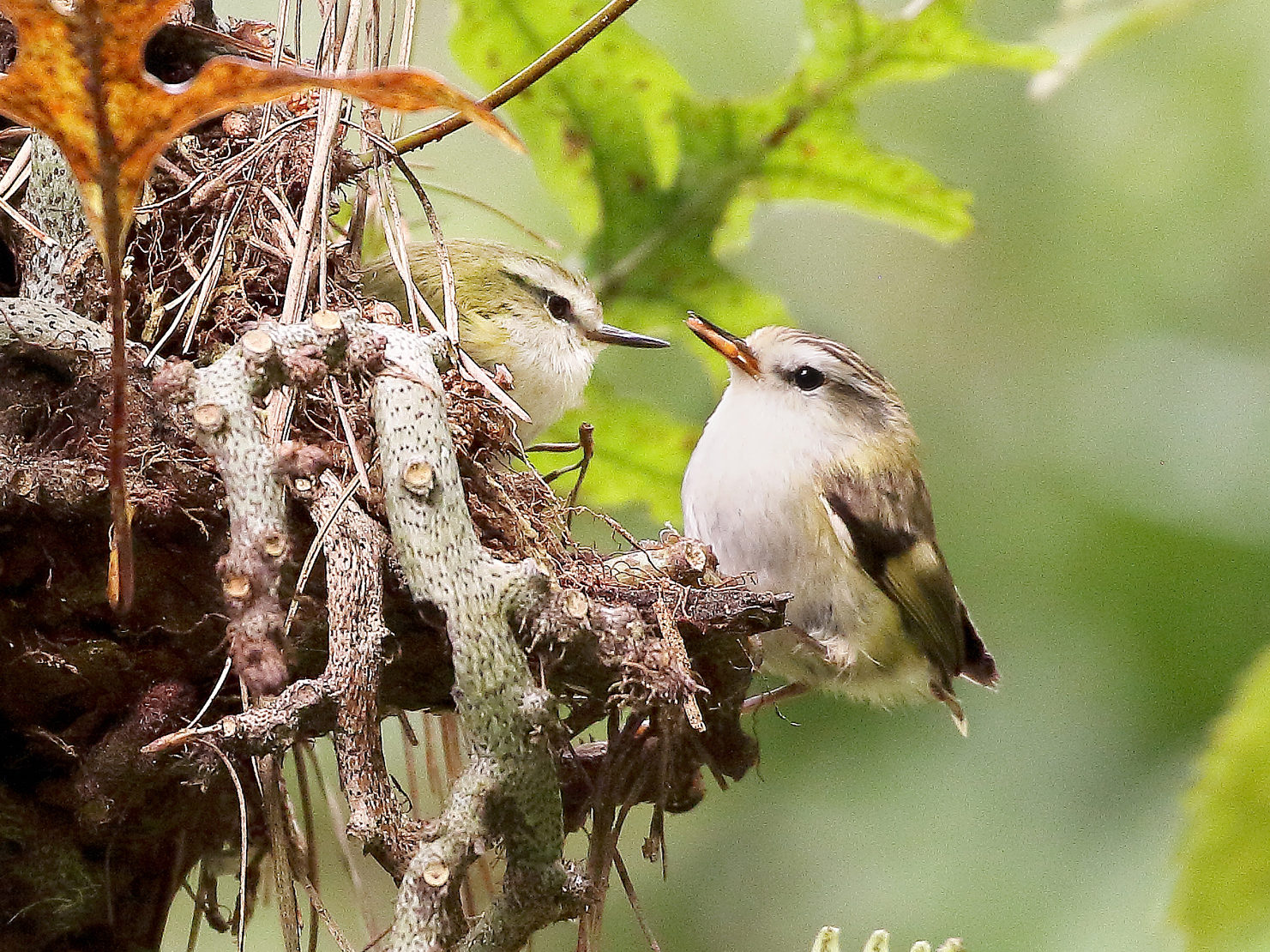
4. The titipounamu call is so high-pitched that it is inaudible for some people.
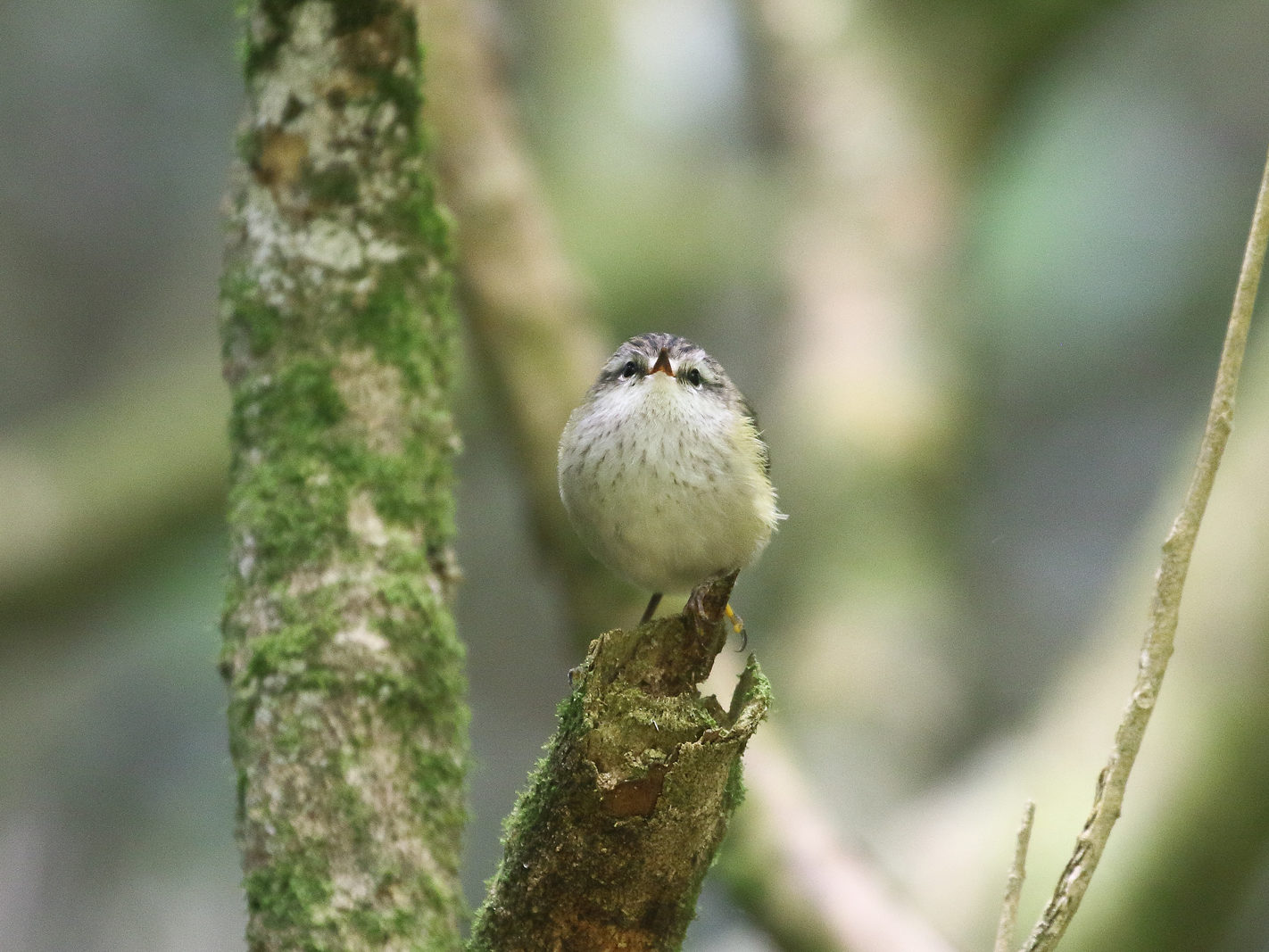
Both sexes produce these calls which have been described as high-pitched squeaky ‘zipts’ and ‘pips’. When titipounamu forage for insects with their mates, they keep in contact by frequently calling to each other.
5. Both the English and Te Reo Māori names refer to the bird’s green colouring.
The Te Reo Māori name ‘titipounamu’ is a combination of two words: ‘tītiti’ which means ‘a mirage of’, and ‘pounamu’ which means greenstone. This name refers to both the bird’s green colouring and the way it zips around quickly.
The English name ‘rifleman’ refers to the green military jackets that New Zealand riflemen wore in the 19th century.
